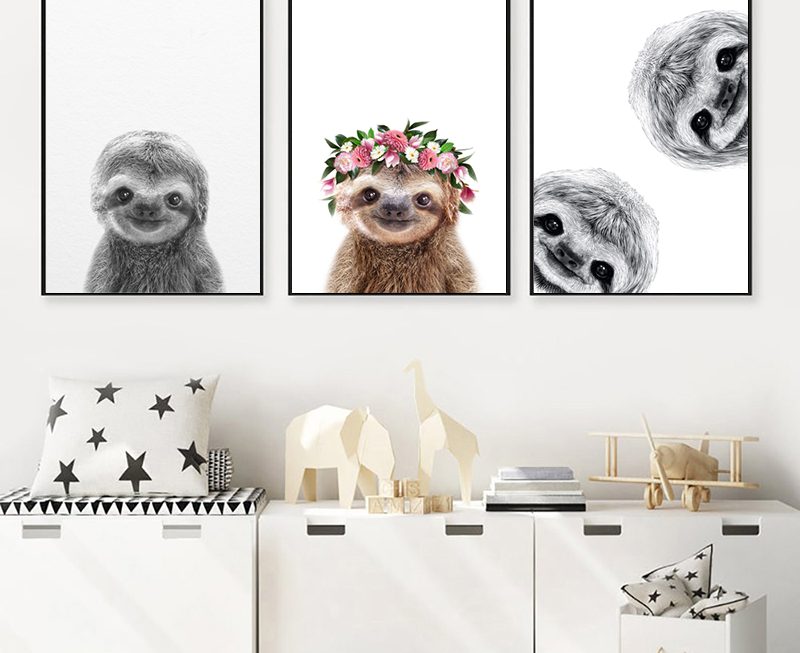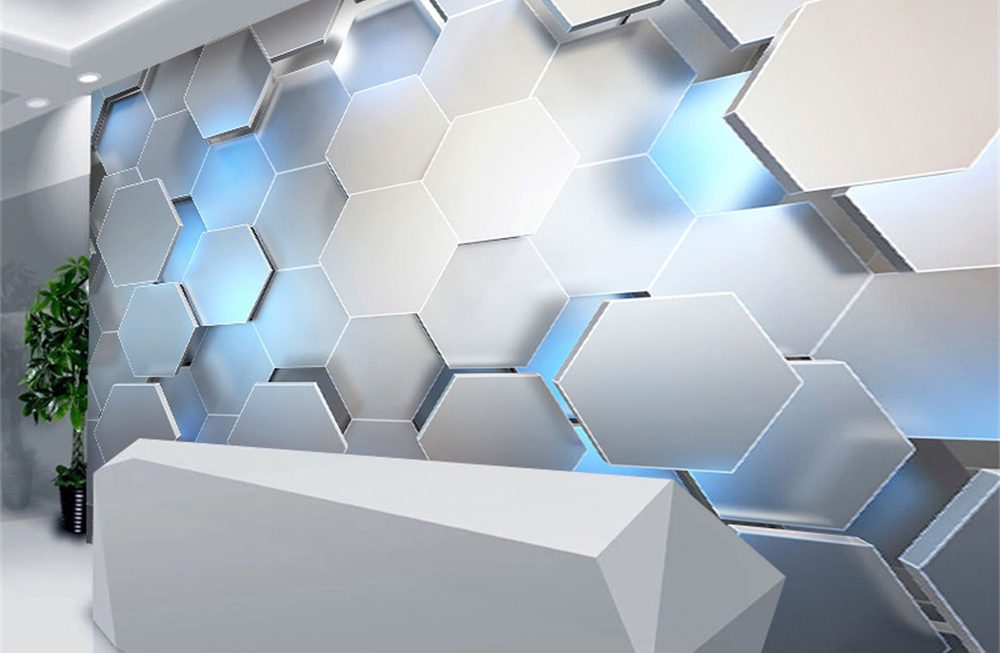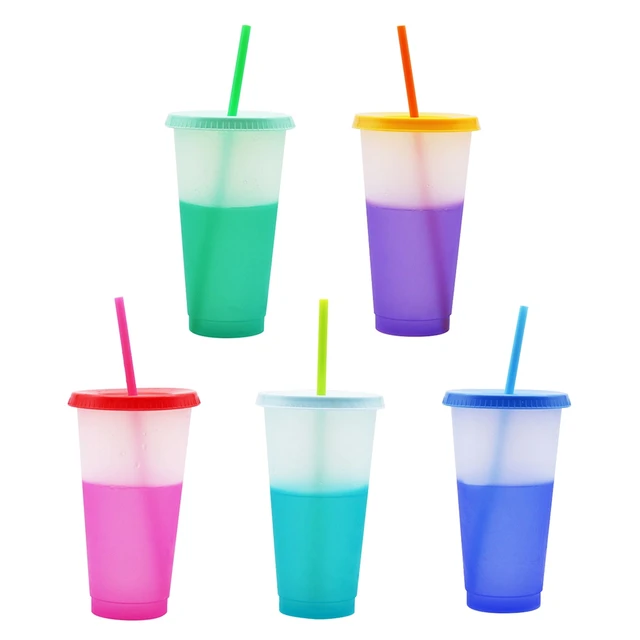Introduction
Lava lamps are known for their mesmerizing motion and vibrant colors. But have you ever wondered what liquid is inside a lava lamp? In this article, we will explore the secrets behind the liquid used in lava lamps, uncovering the specific components and their roles. Get ready to dive into the fascinating world of lava lamp liquids.
The Role of Liquid in a Lava Lamp
The liquid in a lava lamp serves several important functions. It acts as a medium for the colored wax to flow and creates the overall fluid motion. The liquid also helps distribute and transfer heat evenly, allowing the wax to melt and rise. Additionally, the liquid helps to prevent the wax from sticking to the glass container.
Distilled Water
In many lava lamps, the primary component of the liquid is distilled water. Distilled water is created by boiling regular water and collecting the steam, which is then condensed back into a liquid form. Distilled water is chosen for its purity and lack of impurities, which can affect the performance of the lava lamp.
Mineral Oil
In some lava lamps, mineral oil is used in combination with distilled water. Mineral oil is a clear and odorless liquid derived from petroleum. Its purpose in the lava lamp is to increase the density of the liquid, making it easier for the wax to rise and fall. Mineral oil also helps to slow down the cooling process, allowing the wax to stay in a molten state for a longer period.
Propylene Glycol
Another liquid component that can be found in lava lamps is propylene glycol. Propylene glycol is a colorless and odorless liquid that is commonly used in various industries, including food and cosmetic applications. In lava lamps, propylene glycol is added to the distilled water to increase its viscosity, aiding in the flow and movement of the wax.
Additives and Dyes
To create vibrant colors in lava lamps, additives and dyes are incorporated into the liquid. These additives are specifically designed to mix well with the liquid and wax, creating the desired hues. The choice of colors can vary from traditional options like red, blue, and green to more unconventional shades like purple or pink. The additives and dyes used are typically safe and non-toxic.
Advantages of owning a lava lamp
Lava lamps have gained popularity for their unique qualities and mesmerizing display.
Aesthetically Pleasing:
Lava lamps add a visually appealing and artistic touch to any space. The combination of flowing wax, vibrant colors, and gentle glow creates a captivating and mesmerizing visual experience.
Relaxation and Calming Effects:
Watching the slow, rhythmic motion of the wax in a lava lamp can have a calming and soothing effect on the mind. It can help reduce stress, promote relaxation, and create a tranquil ambiance.
Decorative Accent:
Lava lamps serve as decorative accents that enhance the overall aesthetics of a room. They can be eye-catching focal points and conversation starters, adding a touch of personality and style to any space.
Versatility:
Lava lamps come in various sizes, colors, and designs, making them versatile decorative pieces. Whether you have a modern, retro, or eclectic interior design theme, there is a lava lamp that can seamlessly blend in and enhance the overall ambiance.
Personal Expression:
Lava lamps allow individuals to express their unique style and personality. With a wide range of colors and designs available, you can choose a lava lamp that reflects your individual taste and preferences.
Ambient Lighting:
Lava lamps provide soft and ambient lighting that can create a cozy and relaxed atmosphere. They offer a gentle and pleasing alternative to harsh overhead lighting or bright task lighting.
Nostalgic Appeal:
Lava lamps have a nostalgic charm, reminiscent of the 1960s counterculture movement. Owning a lava lamp can evoke a sense of nostalgia and bring back fond memories of a bygone era.
Ppopular spots where you can showcase lava lamp as home décor:
Living Room:
The living room is a common area to display a lava lamp. You can place it on a side table, coffee table, or mantel to add a captivating focal point. It can create a relaxing and visually appealing ambiance for you and your guests to enjoy.
Bedroom:
Lava lamps can be a soothing addition to a bedroom. Place it on a bedside table or dresser to create a calming atmosphere before sleep. The gentle motion and soft glow of the lamp can enhance relaxation and create a peaceful environment.
Home Office:
Adding a lava lamp to your home office can infuse a touch of creativity and visual stimulation. It can serve as a source of inspiration and conversation starter during virtual meetings or when you have guests in your workspace.
Study or Reading Nook:
If you have a dedicated study or reading area, a lava lamp can be a perfect addition. Place it on a desk or shelf near your favorite chair to provide a calming and captivating visual experience while you dive into your books or work.
Entertainment Room:
Lava lamps can also find a place in an entertainment room or home theater. They can enhance the ambiance during movie nights or parties, creating a unique and engaging environment for you and your guests.
Children’s Room:
Lava lamps are a popular choice for children’s rooms. Their colorful and mesmerizing display can captivate young minds and serve as a night light. Place it on a nightstand or shelf where it can be easily seen and enjoyed.
Remember to consider the size of the lamp and the overall aesthetic of the room when deciding where to place your lava lamp. It should complement the existing décor and add to the overall ambiance of the space. With its captivating motion and vibrant colors, a lava lamp can elevate the style and atmosphere of any room in your home.
Conclusion
In conclusion, the liquid inside a lava lamp plays a crucial role in creating the mesmerizing motion and vibrant colors. Distilled water, mineral oil, and propylene glycol are common components used to achieve the desired density, viscosity, and heat-transfer properties. Additives and dyes are also added to create the captivating colors that define lava lamps. Understanding the composition of the liquid allows us to appreciate the intricate design and engineering behind these iconic decorative items. So the next time you enjoy the hypnotic display of a lava lamp, you’ll know the secret behind its captivating liquid.







